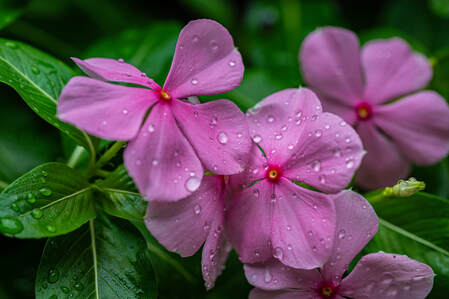Kozy Lawn Care has been serving satisfied customers in the Omaha area since 1987. President Joseph Kozol and his professional staff pride themselves in providing you with a more beautiful and healthy lawn. When you choose Kozy Lawn Care, you'll get a "Kozy" feeling know your lawn is in our capable, responsible hands.
• Mowing • Plants and Trees • Sodwork • Mulch • Seeding • Power Raking • Aerating • Snow Removal • Fertilization
•Rocks • Hard Scapes • Boulders • Retaining Walls
• Mowing • Plants and Trees • Sodwork • Mulch • Seeding • Power Raking • Aerating • Snow Removal • Fertilization
•Rocks • Hard Scapes • Boulders • Retaining Walls
SITE LINKS |
CONTACT402-455-LAWN (5296)
Monday - Friday 8AM - 5PM Saturday 8AM - 1PM kozyman@msn.com |
GET A QUOTEClick the link below to schedule an onsite evaluation of your project.
|
Site powered by Cherry Pickers Marketing


 RSS Feed
RSS Feed
